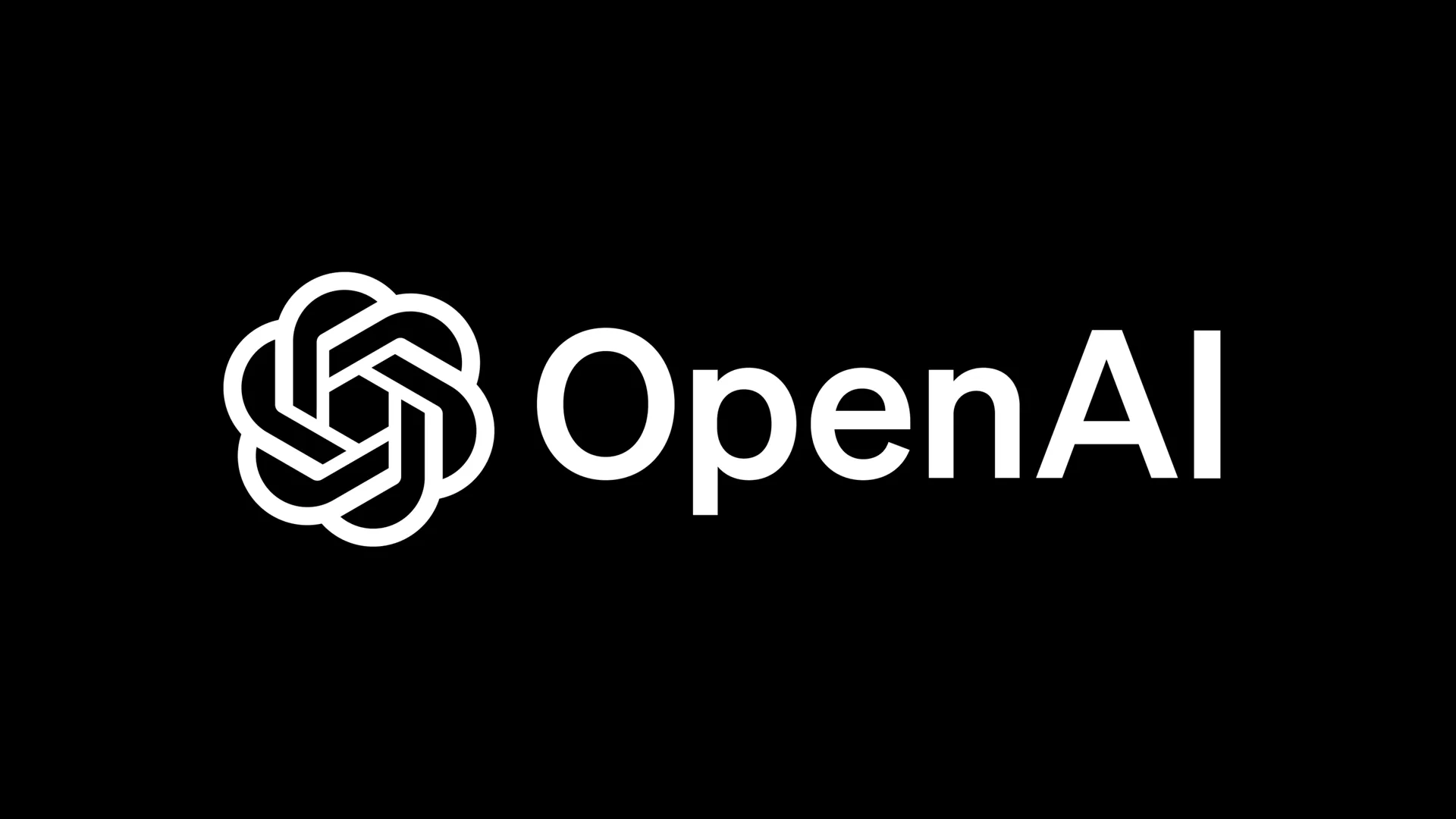Matthew McConaughey and Michael Caine have licensed their voices to ElevenLabs, an AI company, joining a growing number of celebrities who are embracing generative AI. McConaughey will allow his newsletter to be translated into Spanish using his voice, while Caine’s voice is available on ElevenLabs’ text-to-audio app and Iconic Marketplace. Both stressed that the technology is intended to amplify storytelling rather than replace human performers.
ElevenLabs offers a range of synthetic voices, including historical figures and performers like Liza Minnelli and Maya Angelou, while claiming a ‘performer-first’ approach focused on consent and creative authenticity. The move comes amid debate in Hollywood, with unions such as SAG-AFTRA warning AI could undermine human actors, and some artists, including Guillermo del Toro and Hayao Miyazaki, publicly rejecting AI-generated content.
Despite concerns, entertainment companies are investing heavily in AI. Netflix utilises it to enhance recommendations and content, while directors and CEOs argue that it fosters creativity and job opportunities. Critics, however, caution that early investments could form a volatile bubble and highlight risks of misuse, such as AI-generated endorsements or propaganda using celebrity likenesses.
Would you like to learn more about AI, tech and digital diplomacy? If so, ask our Diplo chatbot!










